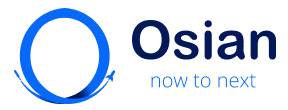Edelweiss
Osian was tasked with the migration of their existing expensive commercially licensed CMS to one that allowed flexibility of authoring content without sacrificing security and enabled a new digital culture of creation with a robust, usable CMS to support them in delivering their business objectives and empowering their network of teams.

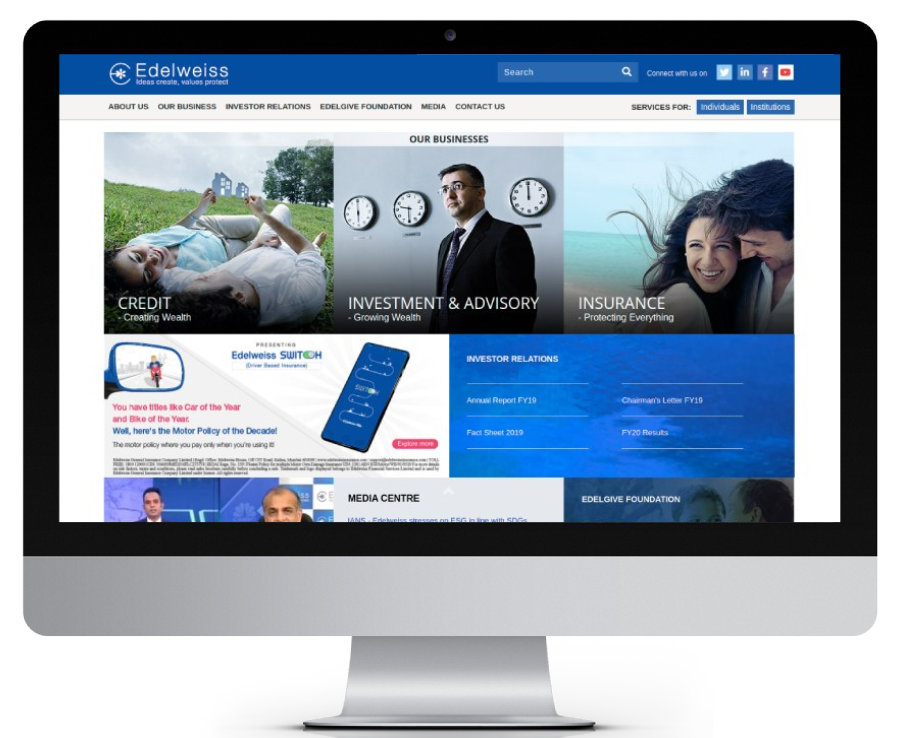
About The Client
Edelweiss cut infrastructure costs by 60% and license costs by 90% after migrating from a commercially licensed CMS.
Edelweiss Group is India’s leading diversified financial services company, offering an extensive range of products and services to an array of clients that include corporations, institutions, and individuals.
Migration from an expensive commercially licensed CMS to one that allowed content authoring flexibility without sacrificing security.
The Project
Osian was tasked with the migration of their existing expensive commercially licensed CMS to one that allowed flexibility of authoring content without sacrificing security and enabled a new digital culture of creation with a robust, usable CMS to support them in delivering their business objectives and empowering their network of teams.
Approach
- Script based migration from Liferay.
- Multisite setup for easy management.
- Securing installation at Cloud, Web-server & File system level & hardening the installation. Added 2FA login for additional security.
- Creating workflow plugins for ease of authoring & custom workflow management.
Results
- Reduced infrastructure costs by 60% and license costs by 90%
- Google page speed rating of 90 for desktop
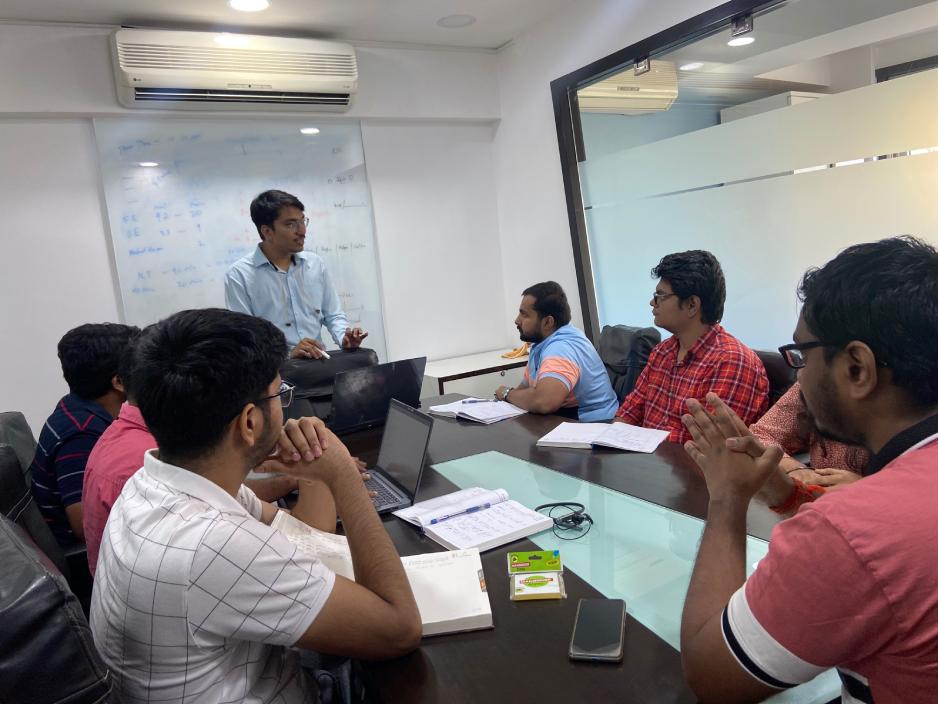
Technology Selection
Osian came up with a list of mature content management platforms that are currently industry standard and created a comparison matrix of features that allowed the client to reach a decision.
The Challenge
The main challenge was to take into consideration the various content across properties and consolidate them into a single platform that would allow for sharing of code, seamless management and enhanced security.
The new solution also needed to give the staff the ability to build pages on the fly without the need for a developer. This would enable the client to reduce the time required to manage the content across multiple sites and finally improve the creative options.
The primary selection criteria were based on a few key factors.
Maintainability
Both WordPress and Drupal have low maintenance and have minor nonbreaking version upgrades. Also, the fact that the wide use of both systems ensures that there is always backward compatibility and ease of upgrading systems.
Security
By nature CMS systems are vulnerable to SQL Injection and other security vulnerabilities, no CMS is an exception to this. While commercially developed CMS systems enjoy a higher degree of security the fact is all CMS systems are vulnerable. The major security for a CMS system can be handled at the Infrastructure level for Layer 4 & Layer 7 attacks.
Cost
WordPress, Drupal, Liferay (Community Edition) are open source and free to use. AEM many of the components are open source. Also, the footprint of running PHP v/s Java on a web server has varying requirements. Both Drupal & WordPress offer very cost-effective solutions over the other CMS systems.
Ease of use
A quality CMS should include a power editor which allows for the creation of pages using a WYSIWYG editor without sacrificing overrides permitted by code. WordPress, in our experience, allowed for highly customizable information architecture including content taxonomy and template-driven page rendering engine.
Flexibility
Community-driven, as well as commercially developed plugins, allow for modularity while enabling features in the website. CMSs with active communities are under constant development, with constant access to updates, security patches, and help from an open knowledge base.
The Solution
Migration
Security
Code Quality
Editorial Experience
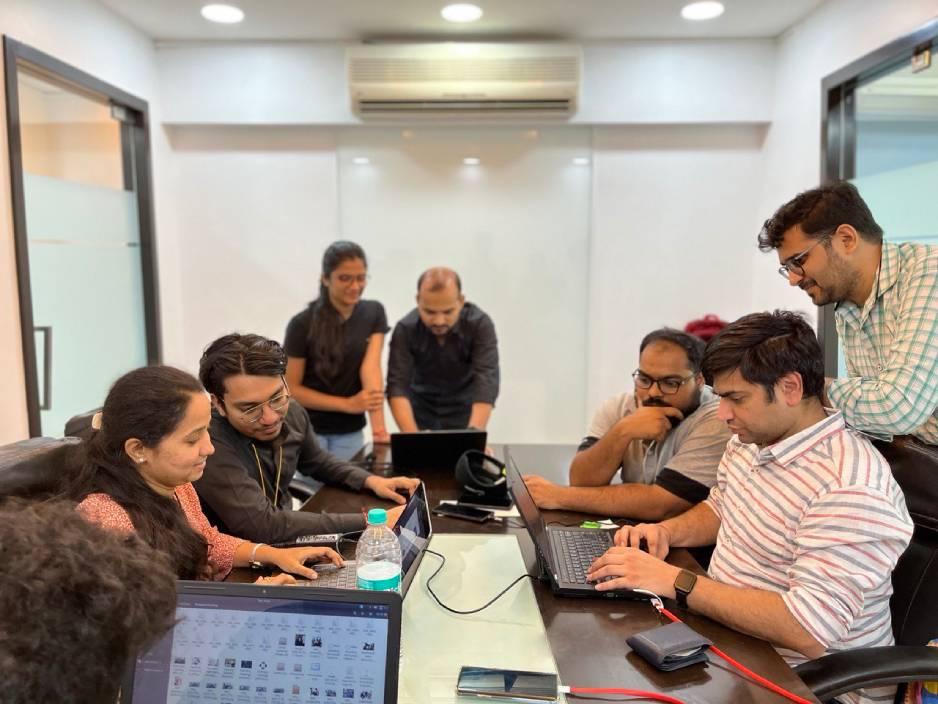
For Architecture

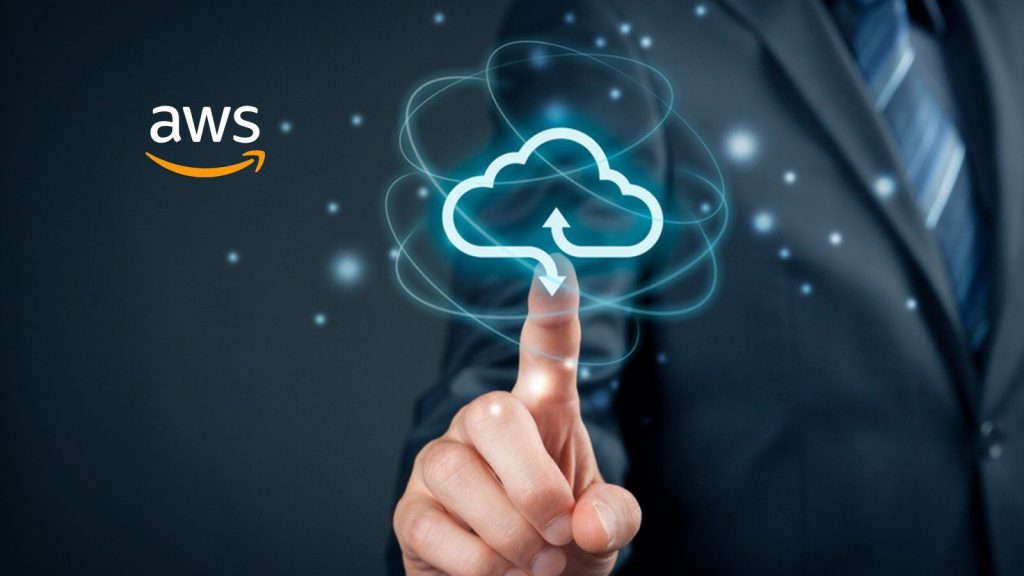

Security
The Application components can be categorized as per the functions.
For Business
Custom User Journeys & Forms:
The application is equipped with state of Art form builders which enable quick & easy user journey creation. It is completely authorable and easy to design & deploy. Rich dashboards for viewing leads & data along with the ability to add schedulers & external integration add too much power in the hands of Businesses without the intervention of developers.
AWS Event Bridge:
Offloading custom Forms & Journey outputs to the AWS Event bus enabled the customer to have deeper integrations with existing systems. We leveraged the work of AWS Event bridge to deeply integrate with Microsoft SharePoint. This enables the customer to leverage existing operational skills with the newer environments like WordPress. Adding this very component begins to open up infinite possibilities of interplay between various systems, the WordPress layer being at the forefront.
Custom user workflows:
Workflows are a centerpiece of any Enterprise. Multi-tier Approvals across sites can be centrally managed. Alerts via email & a summary on the Dashboard promote ease of use & governance.
Image Optimization:
Workflows to auto-optimize images into various sizes were enabled to move the requirement of optimization from the Business to the process. This helps in reducing website load times and improves efficiency, ensuring optimisation is applied to each image.
For Scalability
Amazon CloudFront:
The entire site is served statically via Amazon CloudFront, all images are served directly via Amazon S3.
Amazon S3:
Components that grow over a period of time when it comes to a CMS Application are logs, databases & assets. Logs & assets are pushed to S3 from the application server.
Amazon RDS:
Using a secure scalable database with Multi-AZ high availability is the fundamental foundation for scalability
Load Balancing & Autoscaling with CloudWatch:
To handle peak loads compute services to scale in a Multi-AZ cluster, marshaling is handled via the Elastic Load balancer.
For Security
AWS Web application Firewall:
This is the first level of defense, when it comes to layer 7 attacks, known URLs, Rate Limiting & Bot detection are blocked at the WAF level itself.
Application Load balancer:
The SSL request termination happens at the ALB level, all traffic is limited to the VPC.
VPC Endpoints:
All communications to Amazon Relational Database Service (MySQL) happen within the VPC via VPC Endpoints.
The Results
Below are some metrics that showcase the success of this project.
Page speed insights
At the time of launch, the corporate website had a google page speed insight desktop score of 90-94 at the time of launch.
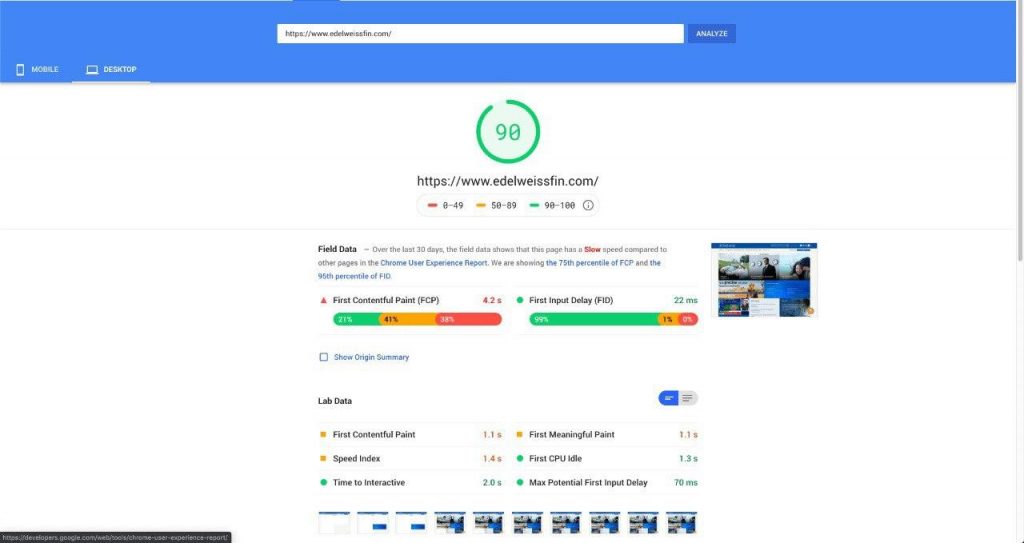
Reduction in cost
At the time of launch, we achieved over 60% reduction in Infrastructure cost and a 90% reduction in license costs.
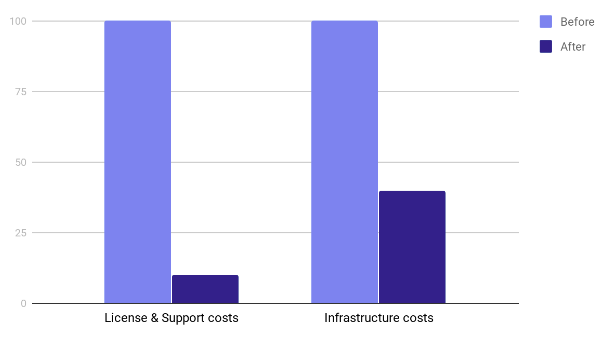
What Edelweiss said...

